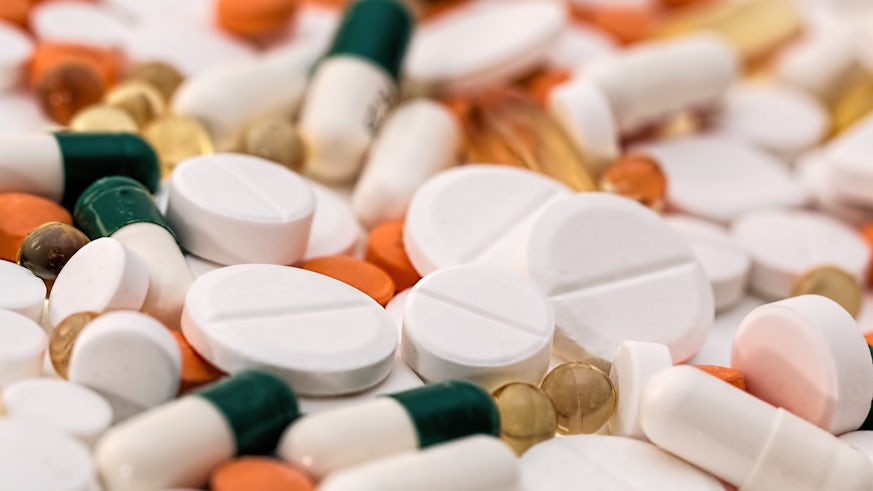New insights for discovery of next generation antibiotics
5 September 2019

A new publication gives insight into interactions between antibiotics and Staphylococcus aureus DNA gyrase, helping to build a more detailed picture of how we can fight microbial resistance in the future.
Antibiotic resistance is one of the biggest threats to global health in our modern world. DNA Topoisomerase Inhibitors: Trapping a DNA-Cleaving Machine in Motion shows how drugs can poison an enzyme involved in DNA replication to kill bacteria.
The emergence of antibiotic-resistant strains of bacteria, such as MRSA, is a worldwide problem. The new publication describes structures of an enzyme from Staphylococcus aureus called DNA gyrase, a type IIA topoisomerase, whilst it interacts with DNA and antibacterial compounds.
Type IIA topoisomerases are enzymes essential in processes that enable the genetic code in DNA to be read and replicated, by assisting in the separation of the DNA strands. The enzymes can make a temporary break in the double-stranded DNA.
Drugs that target DNA gyrase in bacteria cause the cells to die by stabilizing the broken DNA chains.
Dr Ben Bax, from Cardiff University’s Medicines Discovery Institute, said: “Our structures show how compounds interact with the both the enzyme and the DNA. Thi
s information can help chemists modify compounds to target type IIA topoisomerases more effectively.”
To understand the action of compounds, the researchers summarised 21 published structures of Staphyloccocus aureus DNA gyrase interacting with DNA and a variety of compounds.
“By getting a better picture of the interactions between compounds, type IIA topoisomerases and DNA, new medicines can be designed that target the mechanism more effectively.
“With antibiotic resistance being one of the biggest global health issues we are facing, we are in urgent need of new medicines. The information published in this paper forms a platform for a new project which aims to develop new therapies that only kill harmful bacteria and leave most of the safe bacteria untouched,” said Dr Ben Bax.